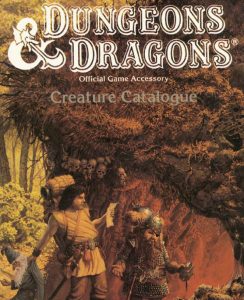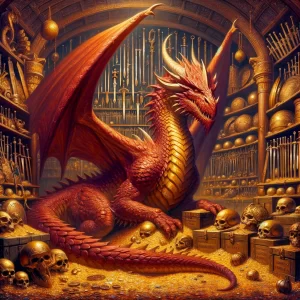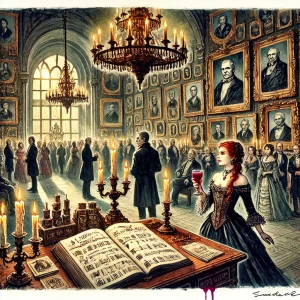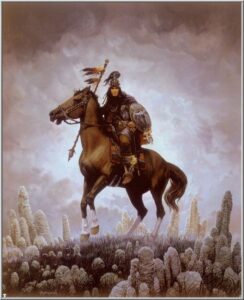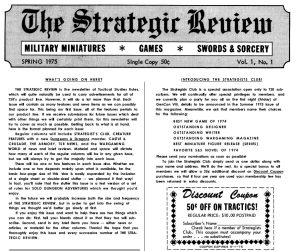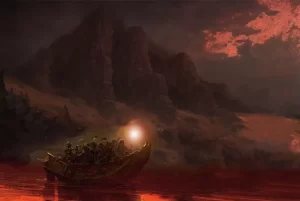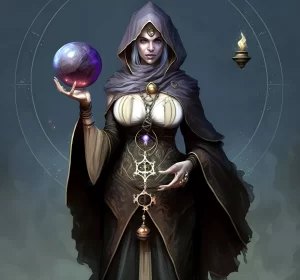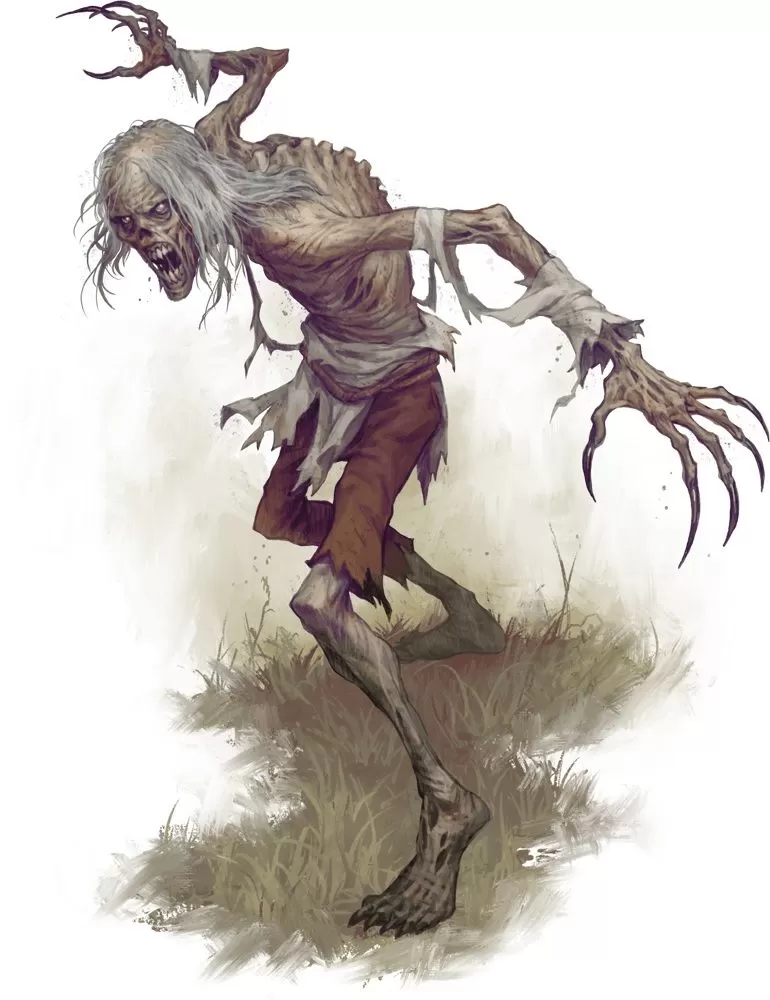
In the grim shadows of existence, where the veil between life and death is as thin as a whisper, lurk the abominations known as zombies. Unlike their skeletal counterparts, these wretched creatures are not merely animated remains. They are imbued with a ghastly and primal urge to attack and consume, driven by an insatiable hunger for flesh. Though seemingly without thought or motive, this urge renders them a terrifying force, predictable in their bloodlust but uncontrollable in their ferocity.
The appearance of zombies is as varied as the tapestry of death itself. It is determined by the manner of death, level of preservation, and the cruel passage of time between demise and resurrection. Some may be horribly bloated, filled with noxious gases that seem on the verge of exploding from within their putrid forms. Others may be infested with vermin, the very scavengers of death, crawling and writhing in a macabre dance of decay. Some zombies bear the shriveled, withered look of mummies, while others ooze with rotting liquids, each movement a grotesque display of the body's betrayal. Every grotesque and horrifying aspect of decay can manifest itself in these monstrosities.
The magic binding these horrifying forms together, however, is limited. Unlike other forms of the undead, zombies require a semblance of flesh to move. The dark enchantments holding them together are weak compared to those knitting together the bones of skeletons. This limitation offers no comfort, for it only serves to make their relentless pursuit of the living all the more terrifying.
Zombies, along with ghosts, form a nightmarish part of the lore that haunts every culture, every civilization that has ever grappled with the fear of death. They stand as an enduring testament to humanity's dread of the unknown and the unnatural, a symbol of death's violation of the sacred boundary between the living and the dead.
In rural areas, where superstitions still cling to the heart of the community, the dead are buried far from homes, and moats are dug to separate the living from the dead. This macabre ritual is born from the terror of the risen corpse, for the shambling gait of a zombie knows no obstacle. They will relentlessly pursue their prey, their twisted limbs unable to comprehend the sharp drop into a moat, trapping them in an eternal pit of despair.
In urban centers, where civilization has grown to encompass once-remote burial sites, strong fences and vigilant guards stand as a grim reminder of the lurking horror. The grand stone mausoleums of the nobility serve a dual purpose: a facade of grandeur masking a fearful practicality, a barrier to prevent the indignity of a revered ancestor's desecration of life.
But zombies are not merely a haunting folklore; they are tools in the hands of the wicked. Apprentice necromancers and dark lords raise them as mindless soldiers, as cannon fodder in their unholy armies. Yet, their mindlessness is both a strength and a limitation. Zombies will obey without question, but their extreme lack of intelligence confines their usefulness. The creation of zombies is also a ghastly side effect of powerful necromantic rituals, a foul testament to the dark magic's reach.
Zombies possess a grim mockery of life, where the brain is reanimated with a crude semblance of functionality. They are no stronger than their living counterparts, but their lack of pain awareness allows them to transcend natural limits. Their limbs may be hacked off, but they will still writhe and snap, never ceasing their horrifying pursuit until the head is severed or the brain destroyed.
The decay that afflicts these creatures is both a curse and a limitation. While the dark energies that bind them delay the rotting process, they cannot prevent it entirely. The environment itself may preserve or expedite their decay. Cold or dry heat can prolong their existence, while tropical climates may hasten their putrefaction. Extreme cold can even render them brittle, their dry, frozen flesh flaking away in a grotesque dance of death.
Among the vile variants of zombies, the plague-born stand apart. Spawned by a virulent contagion rather than necromantic rituals, these abominations are faster, more reactive, and capable of spreading the disease that birthed them. Their creation may have been an accident or a vile curse, but their rapid proliferation is a terror unto itself. They swarm towards stimuli, descending like vultures on a carcass, driven by an insatiable bloodlust. The disease they carry is a horror of its own, capable of transforming victims in minutes and perpetuating the cycle of terror.
The plague-born zombies are a terrifying evolution, driven not by a master's will but by their own frenzied hunger. They are jittery, unstable, and even more unpredictable than their common cousins. They may even display remnants of their past lives, drawn to familiar places or objects, a haunting echo of who they once were.
In the dark corners of the world, where fear dwells and shadows linger, zombies stand as a grotesque testament to the horror of the unnatural. They are a vivid nightmare come to life, a reminder of the thin line between existence and oblivion. Whether shambling horrors or plague-born monstrosities, they are the embodiment of humanity's deepest, most primal fears. A dread that will not die, a terror that continues to haunt, the unrelenting, mindless drive of the undead.
